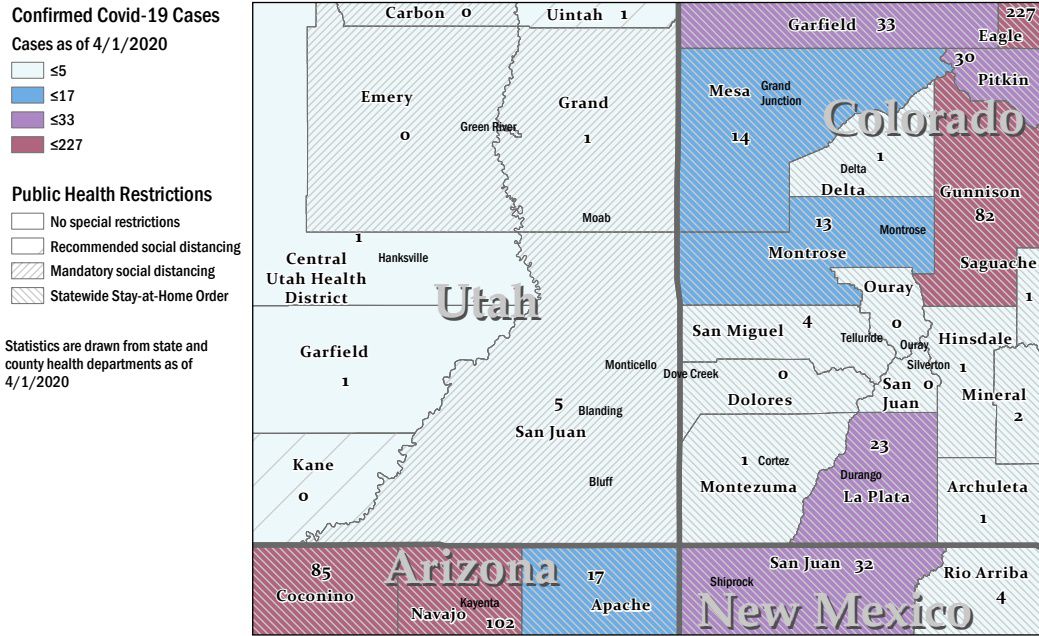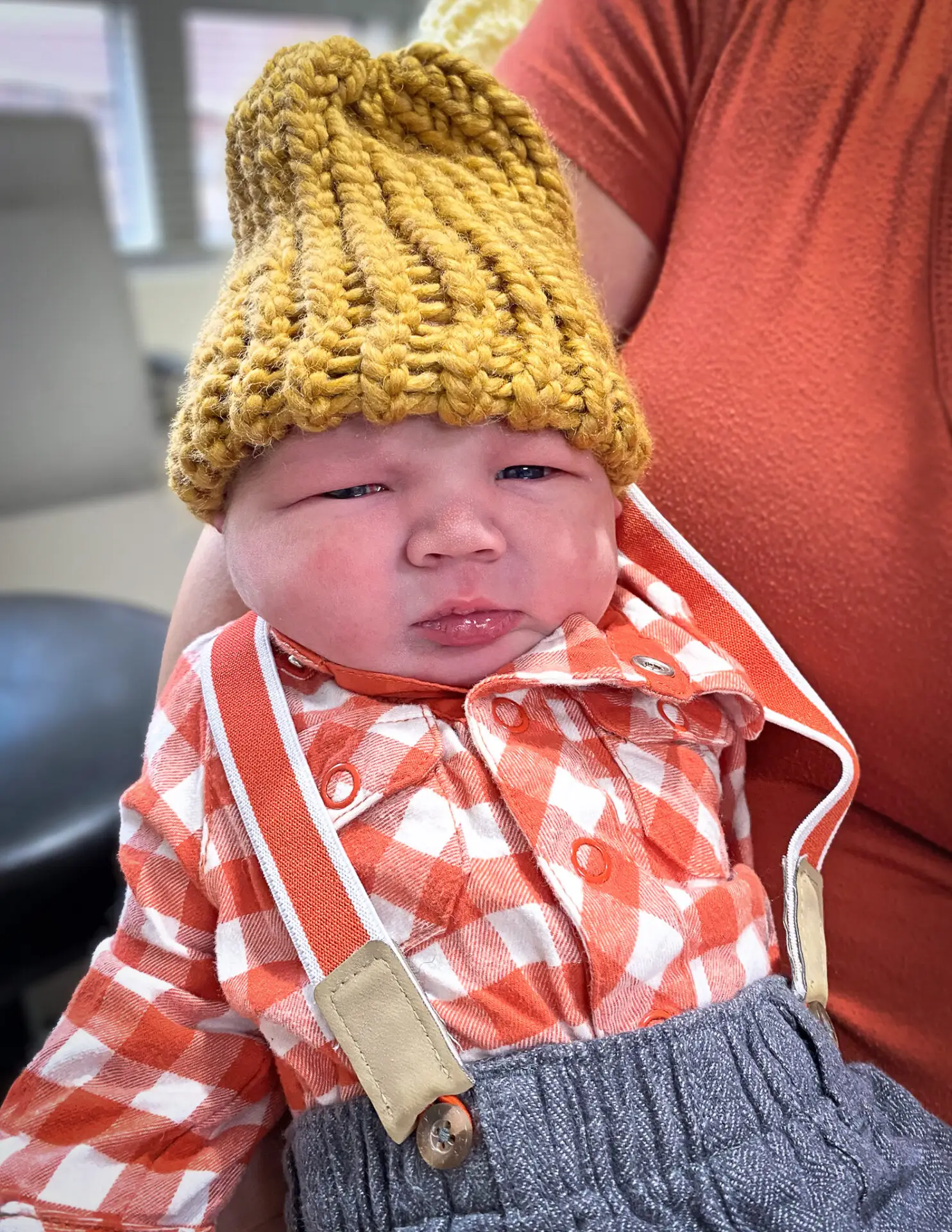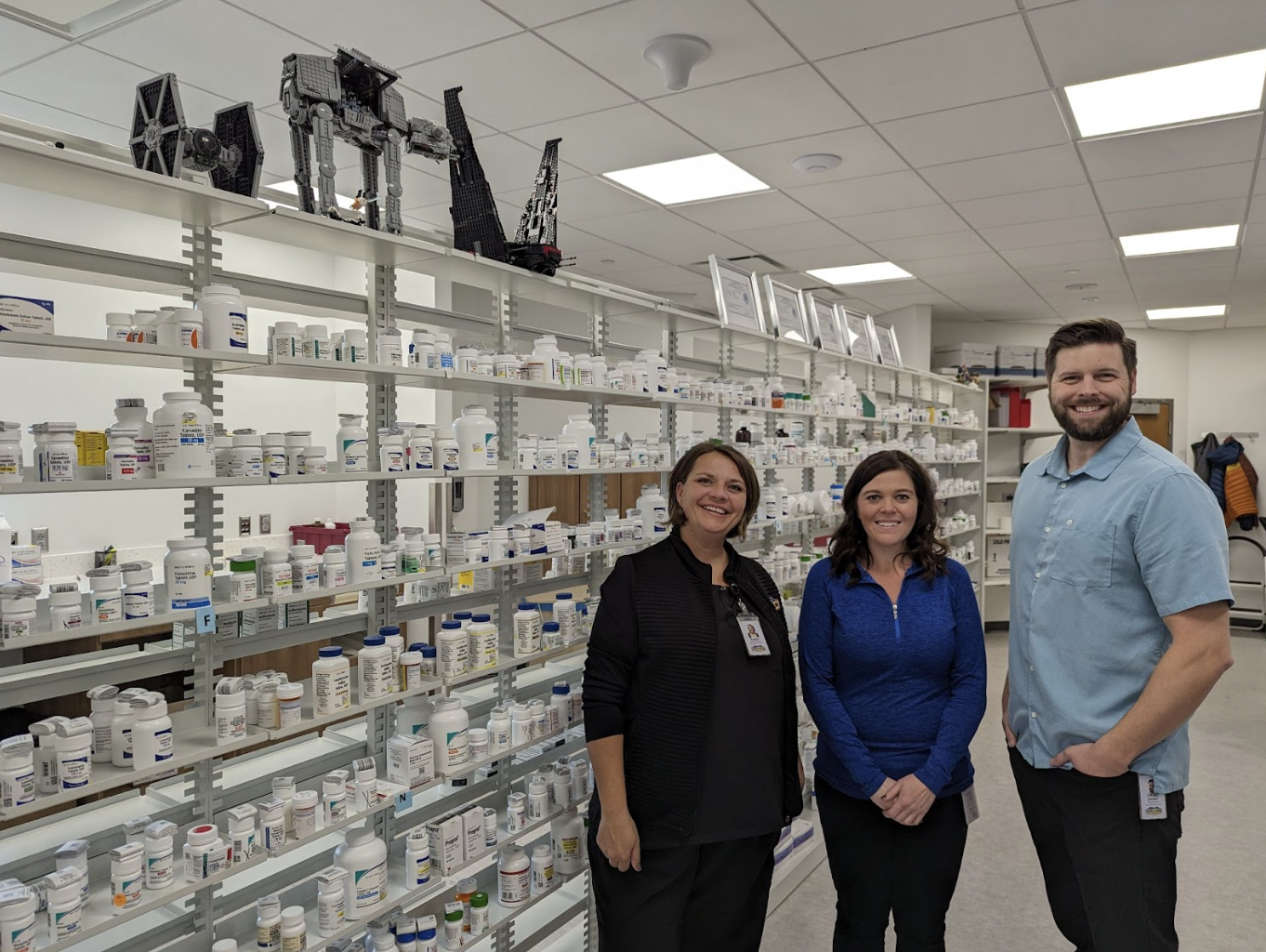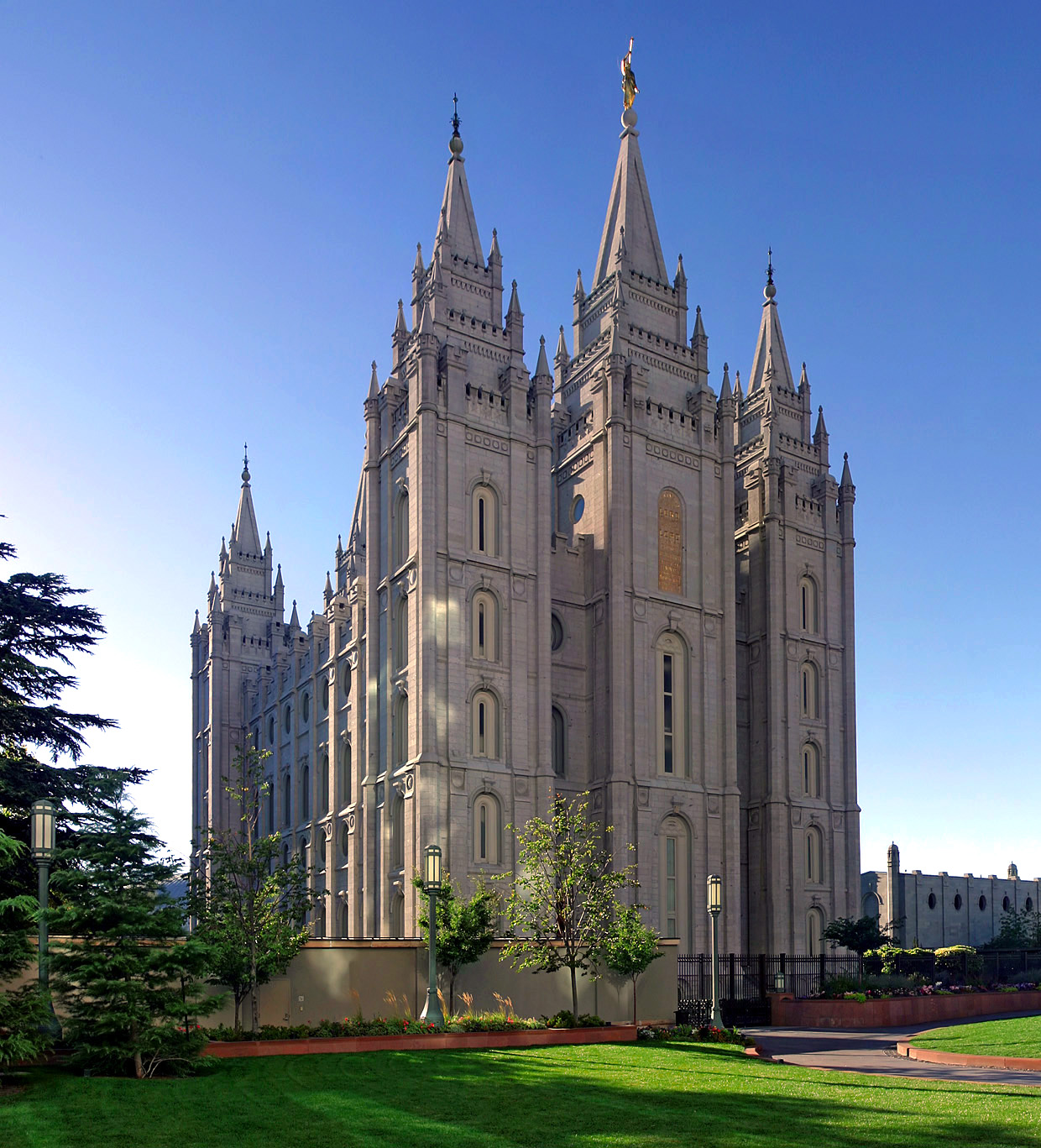The Moab Sun News needs your help. Show your support for independent community journalism and receive a digital edition emailed directly to you each week.
After weeks of suspecting the coronavirus was circulating in the Moab community, the Southeast Utah Health Department reported the first positive COVID-19 test for Grand County late the evening of March 27.
“The details of this case are still being investigated,” the department said in a statement, but added that the patient – a woman between the ages of 25 and 45 – likely contracted the illness through “contact with individuals from outside of Utah.”
The woman was reported to be self-isolating in her home. Public health officials reassured the public that the woman and those she’d interacted with were being contacted to protect the community.
With that confirmation, Grand County is added to the growing list of counties in the region impacted by the coronavirus outbreak. Southwest Utah has already experienced a death, there is an outbreak in Arizona, and New Mexico has over 300 confirmed patients while the cases on Colorado’s western slope are steadily rising despite a statewide stay-at-home order. With increased testing, the number of identified COVID-19 patients on every side of the county is likely to rise.
With the presence of the virus in our community now confirmed, what can be done now to prevent its spread?
Don’t feel sick? You can still be spreading the virus.
“Social distancing and sheltering-in-place continue to be the only effective tools we have to slow the spread of this disease,” said Dr. Dylan Cole, Moab Regional Hospital’s Chief Medical Officer.
Dr. Cole commended the local public health department for ordering a cease to overnight lodging and camping, as well as park officials’ decision to close Arches and Canyonlands National Parks.
“We have seen a significant slowdown in the number of visitors and tourists to this community,” he reported, “which I think has helped to prevent seeing a real uptick in our [COVID-19] numbers as yet.”
Dr. Cole explained why it’s important that every resident takes physical distancing seriously, even if you don’t seem sick.
While research is still being done on the new coronavirus, Dr. Cole reports that there seems to be “very little immunity within the population to the effects of this virus,” meaning that it spreads quickly. Without social distancing, each person infected is likely to pass the virus to 2-3 other individuals.
Complicating that infectious nature is the observation that many who are infected serve as “silent spreaders.”
“Silent spreaders are individuals that further spread the virus without having symptoms,” said Dr. Cole, reporting that this “creates really substantial public health challenges.”
Since these individuals don’t feel or appear sick, they may feel it’s okay to choose to travel or interact with other people safely. In reality, they can be infecting others. Not only that, but the numbers of asymptomatic infectious people may be “significant,” says Cole.
“ In a recent COVID-19 outbreak on a cruise ship where essentially all passengers were tested for the virus, nearly half of those who tested positive were asymptomatic at the time of diagnosis,” he said.
“These individuals, of course, have no way to know that they’re, in fact, putting others at risk,” he said. Dr. Cole emphasized that he believed that most people were not intentionally behaving recklessly but “would certainly isolate themselves if they knew they were contagious. They just don’t realize it.”
More recent research published in the New England Journal of Medicine has pointed out the surprising durability of the virus on hard surfaces, leading to further cautions about touching surfaces in common and public areas like stores and gas stations.
“We really need to interact with those spaces and those surfaces as possible sources of infection,” said Dr. Cole. “Frequent hand washing remains our best defense from this type of transmission.”
Dr. Cole also noted changing recommendations about wearing masks to cover the nose and mouth in public.
The Centers for Disease Control has reported that it is reviewing its policy on masks to consider the data showing people with no symptoms are infecting others, according to the New York Times.
Even if guidance on masks changes, Dr. Cole pointed out that it would apply to “essential workers who must be out in the community,” he said in an email with the Moab Sun News. Those that don’t need to be out should follow guidance and stay home whenever possible.
Hospital concerns and preparations
Even with increased physical distancing, Dr. Cole and other officials at Moab Regional Hospital are concerned by the potential impact of a COVID-19 outbreak on local healthcare. Like many rural hospitals, MRH just isn’t set up for an extreme health event like the coronavirus pandemic.
“Our medical infrastructure is minimal,” said Dr. Cole. “We’re a 17-bed critical access hospital…Our entire medical staff constitutes only about 25 individuals. We have no intensive care unit.”
“So if the effects of the disease result in alarming rates of hospitalization and a need for critical care support, we just wouldn’t be able to meet that need,” he said, adding that surrounding hospitals in Colorado are already beginning to see a surge in patients
“I worry that in a number of days or weeks, they will be at capacity and will no longer be able to accept transfers of critical patients,” said Dr. Cole, which would leave Moab Regional Hospital working to meet the needs of the sickest patients alone.
“We’re strategizing and we’re working to implement a critical care program here to be able to run a small intensive care unit and increase the number of beds,” he said but added that the numbers still look frightening without a continued strong commitment to physical distancing by the community.
Revised health order closes salons, allows overnight stays in ‘emergency’
On April 1, the Southeast Utah Health Department issued an updated public health order for Grand, Emery and Carbon counties to help stop the spread of COVID-19 in the area. The original order was released on March 17.
Among the updates are mandatory business closures of beauty salons, nail salons, barbershops, tattoo and piercing shops, as well as massage and tanning facilities.
Strict restrictions on overnight lodging are amended to allow occupancy due to “emergency needs or fatigue.”
“Emergencies are never planned for, so it would be irresponsible of SEUHD to neglect those who have emergencies and need to stay overnight,” said Brittney Garff, SEUHD Public Information Officer, in an email to the Moab Sun News.
“In the past 14 days there have been some emergency stays,” said Garff. She reported that the exception for emergencies came at the advice of county attorneys.
The revisions also add guidance for construction crews and sites and clarify that Grand, Emery and Carbon county residents may camp in their county of residence but not another.
This updated order is good until April 14, when it will be reviewed.
The order can be read at www.moabsunnews.com.
Confirmed coronavirus cases spread in region, public health orders updated




